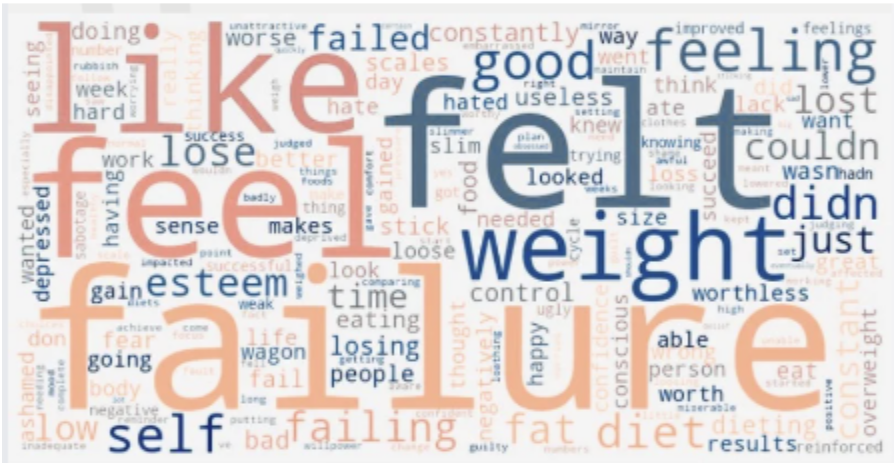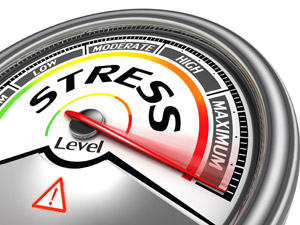In a recent live session, I talked about the difference between dieting and healthy eating—and the response was overwhelming. So many people told me it helped them finally make sense of things they’ve been struggling with for years. That’s why I’ve decided to share this message more widely, especially for those of you who might have missed the live, It’s also something I explore in more depth in my Sunday Times Best selling book – The Weight’s Over: Take Back Control.
Why Healthy Eating Isn’t Dieting – And Why That Matters
Let’s start with this: your diet is simply the way you eat. It’s not a set of rules. It’s not about good or bad. It’s not a punishment or a plan you fall off.
Yet many people, after years of calorie counting or slimming clubs, become conditioned to eat not for nourishment, but to make the scales move. Food becomes a numbers game.
But what if we stop eating purely for the scales and start eating for health? What if we could trust ourselves around food again?
That’s the very heart of Slimpod. There’s no food plan, no “off-limits” list—because the goal is to become a normal eater.
Before the diet industry took off in the 1960s, people didn’t obsess about food—and obesity was far less common. Could it be that these two things are linked?
Why Dieting Can Feel So Heavy
Many Slimpodders join the programme thinking there’s got to be some sort of ‘diet’ to follow. The lack of a food plan can feel unsettling at first. I get it. After all, we’ve spent decades being told we need someone to tell us what to eat.
But here’s what happens: people begin the programme and, almost by default, revert to dieting. It feels safe. Familiar.
Then, around week three/four,, something happens. They feel like they’re “falling off the wagon.” But they’re not. The issue is that the Slimpod magic hasn’t had time to work, because old habits are still steering the ship.
Dieting makes you hyper-aware of what you can’t have. It labels food as good or bad. And, by extension, you become good or bad based on what you eat. It’s exhausting.
Worse, it rarely works long term. When the weight loss plateaus—as it inevitably does—so does motivation. Cue the guilt and the crushing belief that you’ve failed again.
In a survey of over 4,000 Slimpodders (who were now former dieters), I asked what the word diet meant to them. Their answers? Misery. Guilt. Sadness. Self-denial. Limitation. Hunger.
This isn’t freedom. It’s an emotional burden dressed up as discipline and actually just makes you want to eat more. A vicious cycle.

What Real Healthy Eating Looks Like
Healthy eating isn’t rigid. It’s rooted in small, sustainable behaviours that gradually become habits.
You don’t need to overhaul your life overnight. You start balancing foods. You allow for flexibility. You build a way of eating that works for you.
When that happens, food becomes a friend, not an enemy. You feel energised, not restricted. And best of all, you stop obsessing over the scales.
In my book The Weight’s Over: Take Back Control, I share a scientific study showing that people who adopt a mindful, flexible eating style are more likely to maintain weight loss than those who diet rigidly. Another found intuitive eaters had better mental health and lower BMIs.
A Mediterranean Mindset
If you’re looking for a food framework, one I recommend in the programme is the Mediterranean way of eating—not as a diet, but as a lifestyle. It’s balanced, joyful, and backed by a mountain of evidence.
It includes:
- Lots of fruits and veg
- Whole grains and healthy fats (like olive oil)
- Moderate portions of fish, legumes, dairy and even a glass of wine
- Herbs and spices instead of salt
This way of eating has been shown to reduce the risk of heart disease, diabetes, and certain cancers. More than that, it supports hormone health, mental health and encourages a positive, sustainable relationship with food.
How to Begin Reclaiming Control
If you’re ready to move away from dieting and towards health, here are some simple steps to start:
- Listen to your body – Eat when you’re hungry, stop when you’re satisfied.
- Don’t label foods – All food can fit. There’s no morality in a biscuit.
- Make meal planning a habit – It helps take the stress out of mealtimes.
- Focus on real food – Colourful, varied, nourishing. Keep it simple.
And remember, if you want to dive deeper, I explore this more fully in The Weight’s Over. You can find it here.
You don’t need rules. You don’t need shame. You need belief—in yourself, in your body, and in the beautiful freedom that comes when food no longer controls your life.
You deserve that. And with Slimpod, you’re already on your way.
Let’s keep going, together.





1 thought on “Healthy Eating vs Dieting : What Is The Difference?”
im findind a bit hard on what to do do i listen everyday to the relaxation tapes